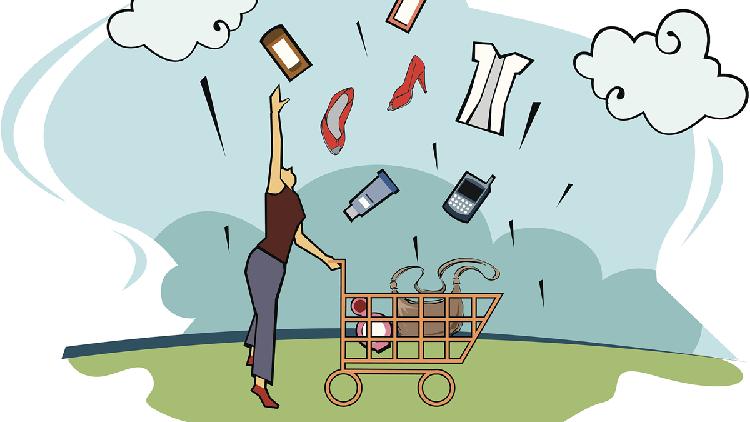

All these combined to bring about a debt-fueled spending binge, with disastrous consequences. The past several decades in America have been marked by a collapse of real savings encouraged by artificially easy credit from the Fed, along with explosive growth in government spending. As recent years have demonstrated, consumer demand that appears to be driven by temporary or unsustainable policies is unlikely to induce businesses to hire. As economic historian Robert Higgs’ pioneering work on the Great Depression suggests, increased uncertainty can depress job growth even in the face of booming consumption. Since new hires are a risky and costly investment with unknown future returns, employers must rely on their expectations about the future and weigh those decision very carefully. That’s because “consumers” don’t employ people. But why?Īs John Stuart Mill put it two centuries ago, “the demand for commodities is not the demand for labor.” Consumer demand does not necessarily translate into increased employment. Labor force participation hasn’t been this low since the 1980s. During our continuing crisis, consumption spending returned to its all-time high in 2011-yet investment to this day remains at decade lows, producing the worst recovery in growth and employment since the Great Depression.

Consumption spending actually increased throughout the 2001 recession (financed, in part, by artificially easy credit) even as employment was falling along with investment. The dot-com boom and bust, the Great Depression and our current crisis all exhibit the pattern.įor example, during our past two decades of booms and busts, investment collapsed first, bringing employment down with it. Booms and busts in financial markets, heavy industry and housing have always been leading indicators of recession and recovery. Economic growth (booms) and declines (bust) have always been led by changes in business and durable goods investment, while final consumer goods spending has been relatively stable through the business cycle. The historical record on economic growth conflicts with this consumption doctrine. If the economy were a car, consumer preferences would surely be the steering wheel, but real savings and investment would be the engine that drives it forward. This past Christmas, we produced a playful video called “ Deck the Halls with Macro Follies” exploring the history of this popular myth. The systematic failure by Keynesian economists and pundits to distinguish between consuming and producing value is the single most damaging fallacy in popular economic thinking. The Keynesian message is clear: if you want to put the economic pedal to the metal, get out there and consume! One notable Nobel-winning economics pundit with a penchant for bizarre growth theories even recently noted that an economy can be “ based on purchases of yachts, luxury cars, and the services of personal trainers and celebrity chefs." Conversely, other economists including Nobel-winner Joseph Stiglitz claim that our economy is stuck in “ first gear” due to inequality: too much income is concentrated among too few rich people who tend to save larger share of their income and thus have a lower “marginal propensity to consume”. The American people are repeatedly told by financial pundits and politicians that consumption is an “engine” that “drives” economic growth because it makes up 70% of GDP.

Have you heard that the economy is like a car? It’s the most popular analogy in financial reporting and political discourse.


 0 kommentar(er)
0 kommentar(er)
